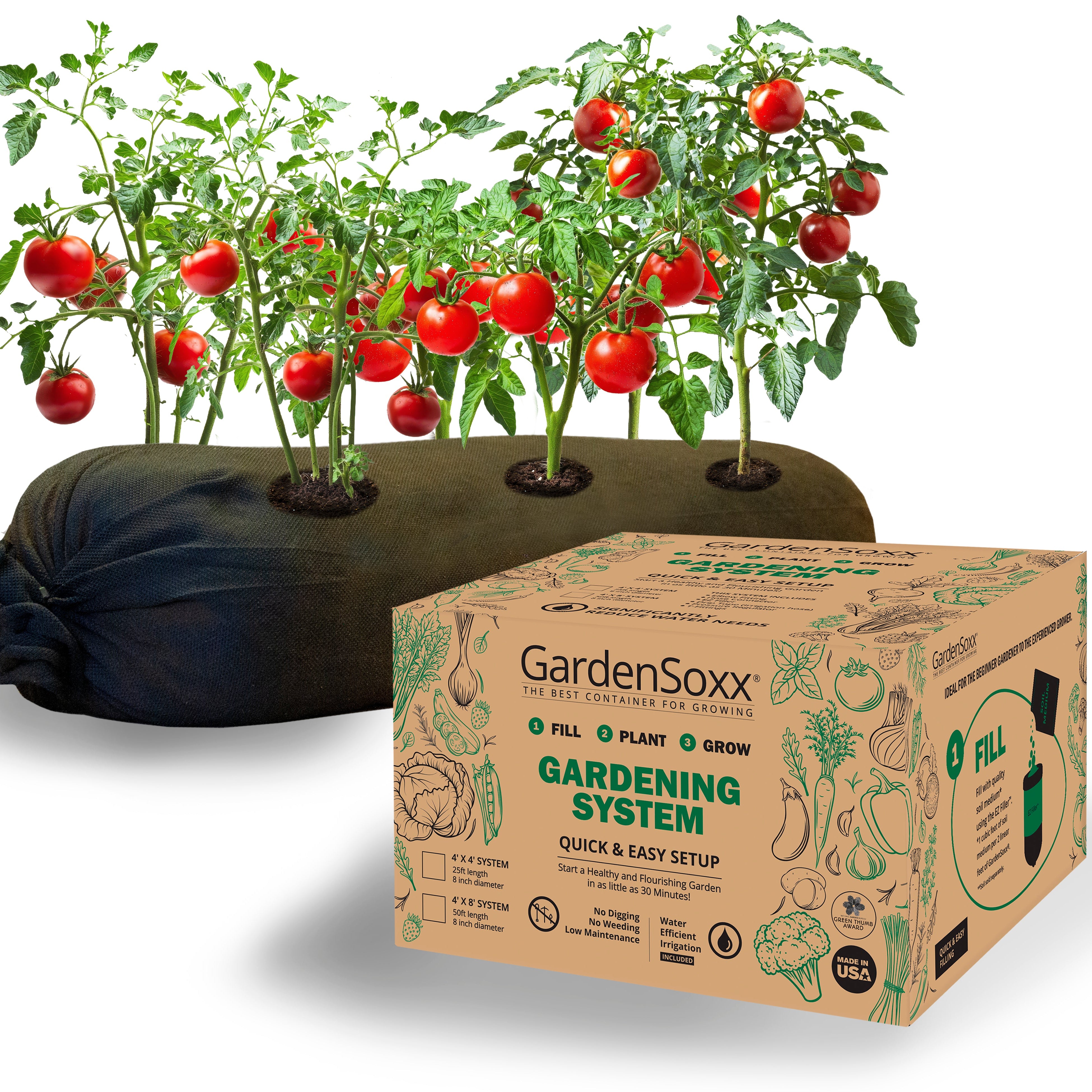Dill
Known for its aromatic scent and delicate flavor, dill is a light and feathery herb that is both delicious and medicinal. Excellent for use in pickling, and to flavor sauces, dressings, stocks and fish dishes - dill is also commonly used to help soothe stomach pain, colic, bad breath and is said to help stop hiccups.
Dill has anti-bacterial properties and is often planted near fennel as the two plants are closely related and can help to pollinate one another.

Growing dill in GardenSoxx® | Plant Family: Apiaceae
Nutritional Information For Dill
Nutritional Facts - per 100/g
| Nutrient | Amount | % Daily Value |
|---|---|---|
| Calories | 43 | - |
| Total Fat | 1.1 g | - |
| Sodium | 61 mg | - |
| Potassium | 738 mg | - |
| Dietary Fiber | 2.1 g | - |
| Protein | 3.5 g | - |
| Vitamin C | - | 141% |
| Iron | - | 36% |
| Vitamin B6 | - | 10% |
| Magnesium | - | 13% |
| Calcium | - | 20% |
How to Grow Dill in Your GardenSoxx®
It is best to plant dill in an area that is well-protected from harsh weather as the stalks get rather tall and strong winds can damage them. The plant does not transplant well, so it is best to sow seeds directly outdoors after all risk of frost has passed, planting them ¼ inch deep and about 8 inches apart in a sunny location.
Dill Seed to Harvest Time: 7 Weeks

How to Harvest Dill
Once your dill plant has about five leaves, you can start harvesting from the top, being sure to remove only about one-third of the plant so that it can continue to regrow and provide you with a continuous harvest. We recommend harvesting dill earlier in the day, once the morning dew has evaporated and before the temperature heats up.


















































